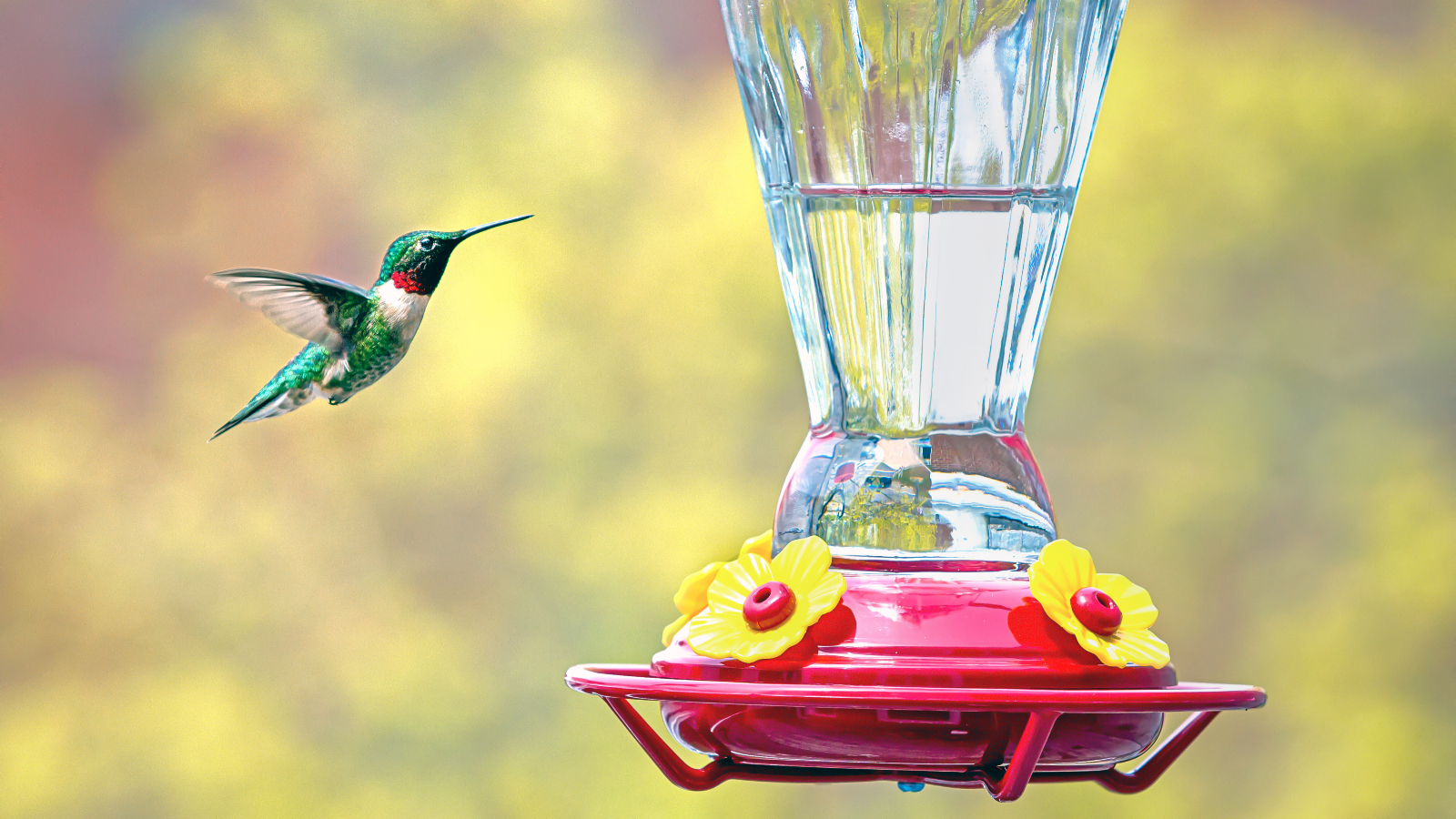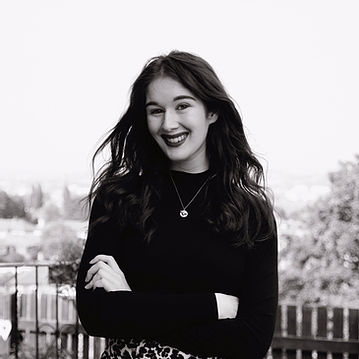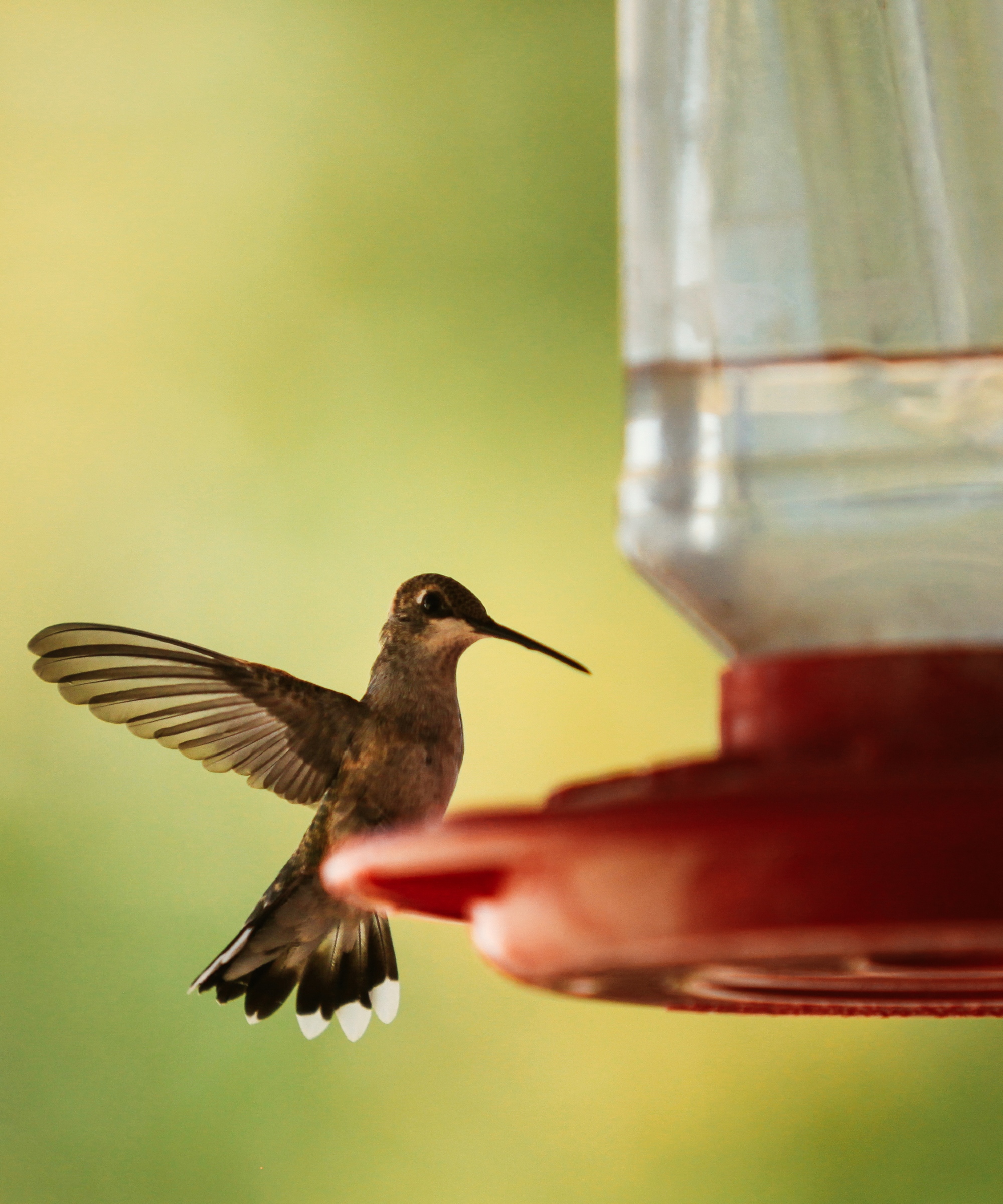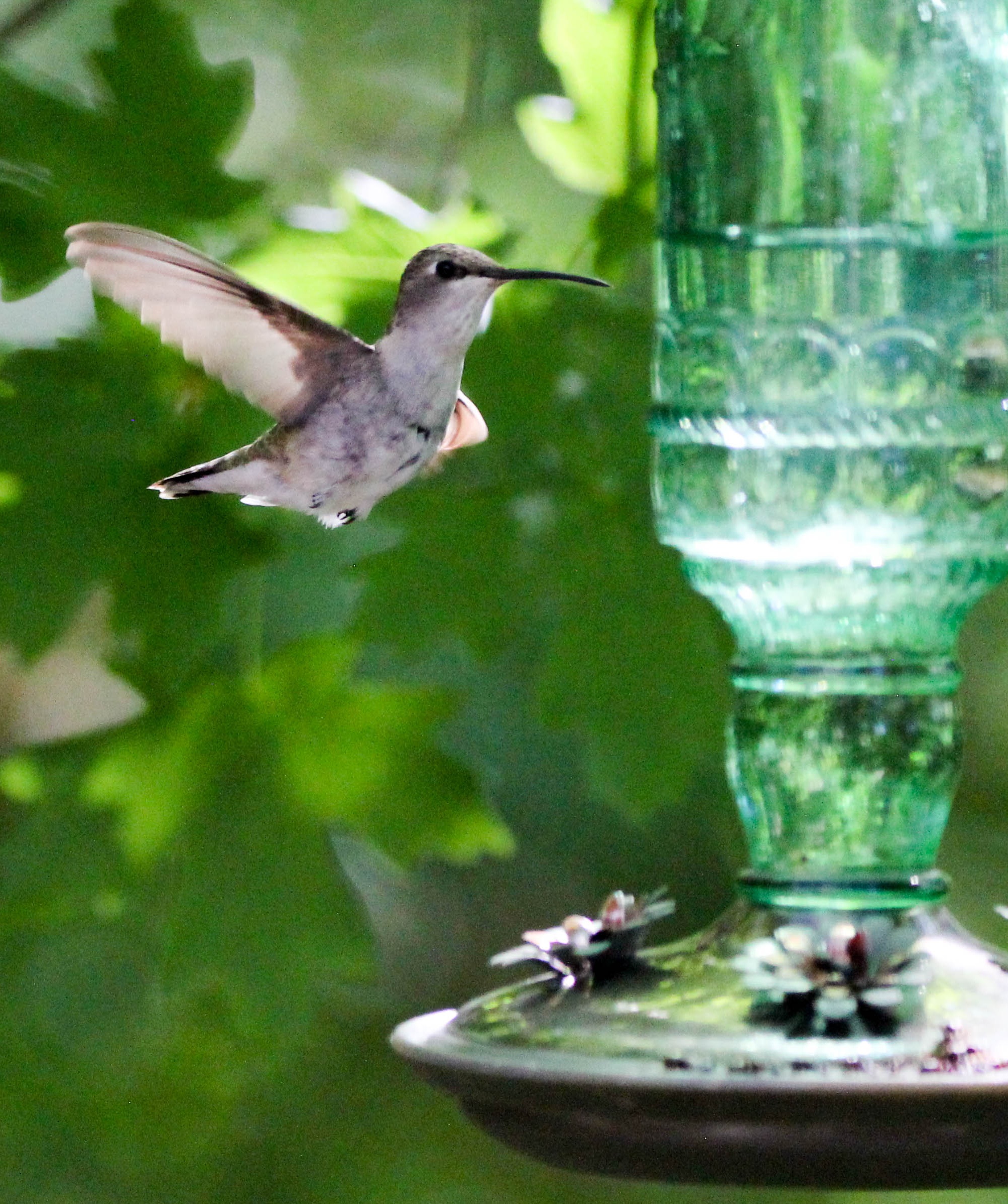How to keep bees away from hummingbird feeders – organic ways to distract the insect
This time-proven method learns from the most natural of inspirations: flowers. Here's what you can learn from them


Knowing how to keep bees away from hummingbird feeders may seem like a complex and conflicting problem. While it is vital to preserve bees, it is equally important to ensure the hummingbirds have a space to eat and drink without interruption from this popular insect.
Though you may know where to hang your bird feeder and the best type of food for the beloved creature – the question of keeping bees away from hummingbird feeders may remain a problem. However, you can find the solution by taking a cue from a wholly natural source of inspiration: your flowers.
How to keep bees away from hummingbird feeders
The most effective wildlife garden ideas are those that stem directly from nature – so it's unsurprising that this bee-prevention method is backed by experts. Because while you may already have plants for birds in your garden, you can learn from them too. Here's what you need to know.
What can we learn from flowers?
'The most time-proven and natural way of excluding bees from your hummingbird feeders is by using the same method that flowers do,' says Dr. Charles van Rees, Ph.D., a conservation scientist and naturalist from Gulo in Nature. But how does the process work?
'Since pollination requires a given animal to visit two flowers of the same species, plants often don't want different kinds of visitors, either,' Dr. Charles says. Therefore, many plants will specialize – in ensuring their flowers have a shape or form that only one particular type of pollinator can access. 'That way, the pollinator has to specialize, too, and the plant's pollen is less likely to end up on a flower of another species, where they don't want it.'
In the US, many flowers 'specialize in hummingbirds', meaning these plants have 'learned' to exclude bees. They do so by making the openings to the nectar too slender for larger bees – and making themselves accessible to a hummingbird's long beak and tongue.
'You can do the same thing by buying hummingbird feeders with bee guards or by purchasing bee guards to outfit your current feeder,' the expert says.

1. Mimic a flower
According to Dr. Charles, you can replicate a flower's technique by making the opening to reach the nectar too small for bees. You can also increase the distance between the opening and the nectar source (so bees can't reach it as easily). ' By all means, steal this idea from the flowers,' he says. 'Those species have been gardening for hummingbirds longer than any of us have.'
2. Clean your hummingbird feeder
Bees are attracted to hummingbird feeders for sugar that builds up on the surface. So, it is worth keeping the area clean to prevent a collection of excess sugar –especially when filling the feeder.
'Using too much sugar in your hummingbird food can also cause extra sugar to collect outside of the feeder,' Dr. Charles explains. 'Avoiding these issues will go a long way in keeping bees at bay.'

3. Provide food alternatives
There are a host of flowers that attract bees – but you can also provide other food or water sources for bees to distract them from the feeder. 'Muddy puddles or birdbaths will also attract them, and placing those features strategically in your garden may be a good distraction for the bees,' Dr. Charles adds.
'Meanwhile, bee-magnet flowers like various mints, lavender, coneflower, sunflowers, and catnip might also draw their attention away.'
Sign up to the Homes & Gardens newsletter
Design expertise in your inbox – from inspiring decorating ideas and beautiful celebrity homes to practical gardening advice and shopping round-ups.

Megan is the Head of Celebrity Style News at Homes & Gardens, where she leads the celebrity/ news team. She has a history in interior design, travel, and news journalism, having lived and worked in New York, Paris, and, currently, London. Megan has bylines in Livingetc, The Telegraph, and IRK Magazine, and has interviewed the likes of Drew Barrymore, Ayesha Curry, Michelle Keegan, and Tan France, among others. She lives in a London apartment with her antique typewriter and an eclectic espresso cup collection, and dreams of a Kelly Wearstler-designed home.
-
 Should you dry your clothes outside if you have hayfever? Allergy specialists warn sufferers to steer clear of this 'major trigger'
Should you dry your clothes outside if you have hayfever? Allergy specialists warn sufferers to steer clear of this 'major trigger'Doing so can trigger asthma, coughing, itchy eyes and more
By Sophie Warren-Smith
-
 Lenny Kravitz says design is 'just like music' – and the stunning materials of this bedroom embody this laidback luxe approach
Lenny Kravitz says design is 'just like music' – and the stunning materials of this bedroom embody this laidback luxe approachRich textures and opulent finishes come together in a Los Angeles bedroom designed by the musician – it's ultra-chic, but relaxed
By Sophie Edwards